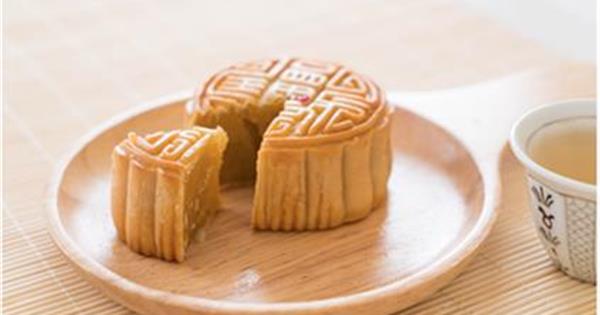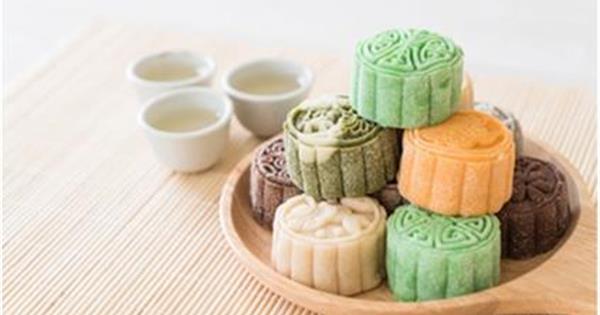Introduction
The mooncake is a round traditional Chinese pastry enjoyed during the Mid-Autumn Festival. Mooncakes are a symbol of the full moon, which signifies family reunion and prosperity. In Singapore, when the eighth lunar month comes around, it is hard to miss the many mooncake stores popping up everywhere!
Like many other pastries, the manufacturing, handling and storage of mooncakes can introduce food safety risks. This article provides information on how you can enjoy your mooncakes safely.
What are the food safety risks associated with mooncakes?
Given the wide variety of ingredients used in traditional and snowskin mooncakes, hazards such as mycotoxins, non-permitted colouring agents, chemical preservatives and microbiological pathogens may be introduced if the mooncakes are not manufactured and/or stored properly.
Mycotoxins
Mycotoxins are heat resistant toxic chemicals that may affect the liver, kidney or immune system. The natural toxin can be produced by certain types of mould, which can grow at various points along the food production chain, particularly under warm and humid conditions. As mould commonly affect food such as grain-based food (e.g. flour) which are used in mooncakes, mycotoxins may be present if the food is contaminated with mould.
Non-permitted colouring agents
Colouring agents may be added to salted duck egg yolks in traditional mooncakes to make them look more appealing. However, not all colouring agents are permitted as some such as Sudan dyes can damage the liver and digestive system if consumed.
Chemical preservatives
To extend the shelf-life, chemical preservatives such as sorbic acid have also been used in the making of mooncakes. Sorbic acid can potentially lead to allergic reactions if it is present at high levels in food and consumed.
Microbiological pathogens
As the making of mooncakes usually involves the handling of ingredients with bare hands, food-borne pathogens can be introduced during the production process when cross-contamination occurs, particularly when good hand hygiene is not practised. Some pathogenic strains of Escherichia coli (E. coli) such as E. coli O157 produce Shiga toxins which can cause food poisoning symptoms such as stomach cramps, diarrhoea or vomiting after consumption of the affected food.
As traditional mooncakes are baked, the high temperature can kill most of the pathogens. Snowskin mooncakes, however, are not subjected to any heat treatment and are usually kept cold after preparation. Pathogens, including E. coli, can thus multiply rapidly if mooncakes are not kept cold (below 5 ºC) after preparation or purchase.
Are mooncakes found in Singapore safe for consumption?
SFA has conducted a study to assess the safety of both traditional and snowskin mooncakes. Mooncakes were sampled from various food establishments across Singapore and tested for the presence of chemical or microbiological contaminants, including mycotoxins, non-permitted colouring agents and food-borne pathogens (including E. coli.). Recent laboratory test records were also analysed for chemical preservatives in mooncakes.
Our study showed that mooncakes found in Singapore are safe for consumption. The level of mycotoxins found in the mooncakes was low and not of food safety concern. There was no non-permitted colourings detected in traditional mooncakes, including mooncakes that contain salted egg yolks. The level of sorbic acid detected in mooncakes was also found to be in compliance with our regulations and not of food safety concern.
For snowskin mooncakes, the level of E. coli detected was low and within the limit in the Singapore Food Regulations. There is therefore negligible food safety risk arising from microbiological pathogens.
What can we do to ensure our mooncakes are safe to eat?
The industry must ensure that the mooncakes they import, manufacture and sell are safe for consumption. The industry must also adopt good food hygiene and safety practices, such as having food safety assurance programmes, sourcing food from licensed sources and ensuring that food hygiene and food safety regulations are adhered to at all times.
As consumers, we can do the following to protect ourselves:
Buying mooncakes
Buy mooncakes from reputable sellers that observe good food handling practices, such as wearing gloves or using tongs when handling mooncakes.
Check that the mooncakes are packaged in a manner that prevents them from being exposed to the environment.
For snowskin mooncakes, ensure that they are kept at low temperatures in their packaging (e.g. using dry ice packs or a styrofoam box) after purchase.
Preparing mooncakes
Ensure that the ingredients used are purchased from reputable sources.
Observe good hand hygiene practices to prevent cross-contamination. Wash your hands before handling the ingredients.
Ensure food contact surfaces (e.g. table tops, equipment and crockery coming into direct contact with food) are kept clean and sanitary.
Store flour in a cool and dry place to minimise the growth of mould.
Storing and consuming mooncakes
Pay attention to any storage instructions and consume mooncakes by the expiry dates indicated on the package.
Traditional mooncakes that are not in sealed packaging should be stored in an airtight container and kept in a cool and dry place.
Snowskin mooncakes should be stored in refrigerated conditions as soon as possible after purchase.
Ice-cream mooncakes should be stored in the freezer, and consumed as soon as possible upon opening. Do not refreeze mooncakes after they have been thawed.
Do not consume any mooncakes that are discoloured or smell unpleasant.


